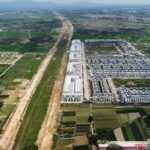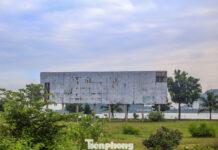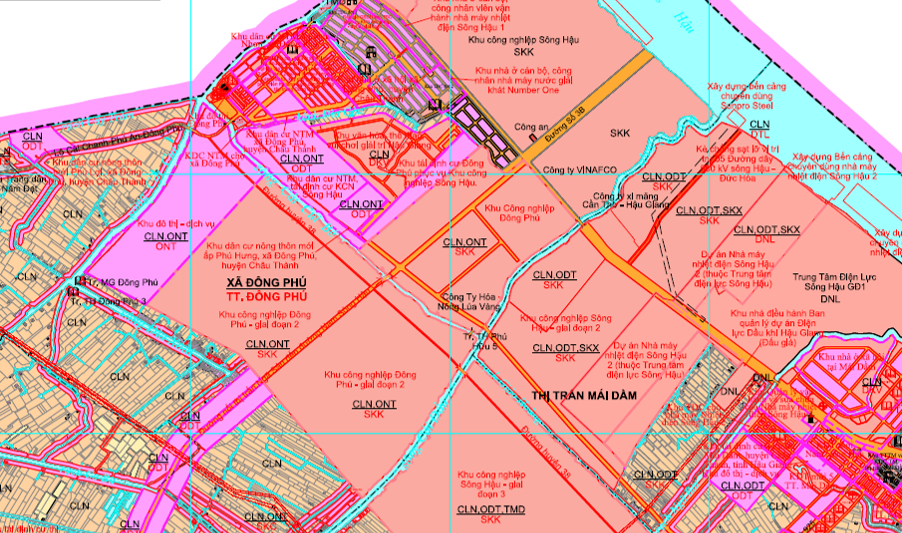Cultural Intersection in Architecture and the Challenge of Localizing Mediterranean Architecture
Architect David Leschinski Ivanov, Design Director at Kume Design Asia, remarks that Hanoi is one of Asia’s most distinctive cities, where cultural intersections are vividly reflected in every structure.
The ability of Vietnamese architects to harmonize and innovate creates a unique identity, transforming architecture from mere “hybridization” into a “new language” rich with emotion. The issue isn’t whether Mediterranean architecture is suitable, but how to avoid “losing its voice” in a multicultural architectural context. Consequently, many projects only incorporate a few Mediterranean elements, with few daring to embrace it fully.
However, experts point out that the similarity in climate provides an ideal condition for Hanoi to adopt this architectural style. David emphasizes, “Vietnam (Hanoi) and Spain—the cradle of Mediterranean style—both experience four seasons, with hot summers and cold winters.”
Echoing David’s sentiment, Dr. Arch. Nguyen Van Dong, Director of Planning and Design Management at SJ Group, adds, “Mediterranean architecture emerged from conditions of abundant sunlight and wind, which align closely with Vietnam’s climate. Elements like verandas, courtyards, and domes are common in both architectural traditions.”
While David describes this style as “an ode to sunlight, wind, and serenity,” Dong believes Vietnam’s climate is the “perfect stage” for this aesthetic.
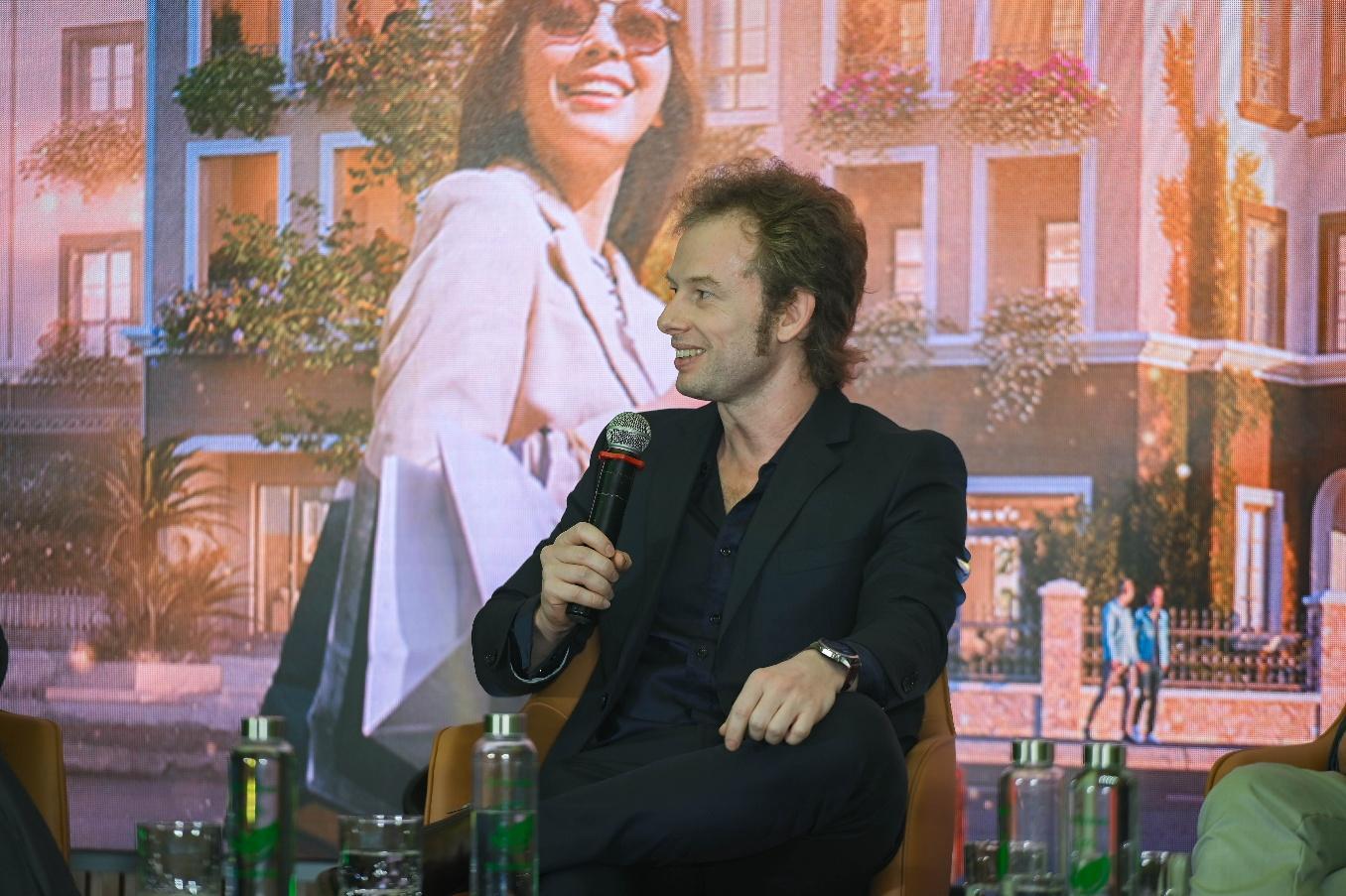
Architect David Leschinski Ivanov – Design Director at Kume Design Asia
The Soul of Mediterranean Architecture Localized in Hanoi
Dong further explains that the courtyard is the soul of Mediterranean architecture. However, he notes, “Many think courtyards are just for planting or decoration, but they actually create natural airflow, cooling homes without excessive air conditioning.”
At Vista Palma—the most prestigious subdivision of Vista Nam An Khanh, designed in the Mediterranean style—not every home has enough space for a courtyard. SJ Group’s solution was to design the overall layout in a curved shape, facilitating natural air circulation. “This ensures all homes receive natural light and breeze,” Dong explains. This approach highlights the difference between “copying” and “localizing,” achieving the desired effect through comprehensive planning rather than forcing courtyards into every home.

Dr. Arch. Nguyen Van Dong – Director of Planning and Design Management at SJ Group
Localization is also evident in materials and colors. Dong explains, “We considered three schools: Greece’s pure white, Spain’s warm sandy yellow-red tiles, and Italy’s deep reddish-brown. We ultimately chose Spain as the main theme, accented with Italy, for durability and adaptability to Hanoi’s rainy climate.”
David agrees, “In the Mediterranean, centuries-old homes remain beautiful. At Vista Nam An Khanh, you’ll experience that same timeless beauty.”
From Design Philosophy to Practical Application
A real estate project must be more than beautiful; it must function effectively, and Vista Palma is put to the test.
“In designing Vista Palma, we aimed to preserve the Mediterranean spirit while ensuring functionality for both living and business,” Dong explains. “The planning is meticulous, with wide sidewalks up to 7.5 meters, convenient basement levels, and a layout suitable for both residential and commercial use.”
The project’s location was also carefully considered: “Vista Palma is situated among high-end apartments and iconic structures like the 40-story Vista Landmark and Vista Mall. Designing spaces for both living and commerce is crucial. The central plaza and surrounding layout create a natural flow, connecting residents and customers.”
Architect David observes, “In many major cities, residential and commercial areas are often separated, leading to traffic congestion during peak hours. In contrast, Vista Palma’s integrated model helps disperse traffic, making movement easier.”
He compares it to Europe, where people live close to work and can walk to nearby cafes or shops. “That’s what I love about Vista Palma—a place that’s close enough, convenient enough, allowing residents to slow down and enjoy family life.”
When Architecture Becomes a Lifestyle and Investment Value
Ms. Nguyen Thi Thanh Binh, with nearly 20 years of real estate experience, offers a practical perspective on how the market perceives Vista Nam An Khanh.
“My first impression of Vista Nam An Khanh was its allure of a rare space,” Binh says. “This rarity stems from the Mediterranean architecture stretching along wide streets, around cool green lakes, and beneath endless rows of trees. With Hanoi’s limited land, adjacent villas in such an open, low-density space are highly coveted.”

Ms. Nguyen Thi Thanh Binh – Sales Director at SJ Group. Alongside Dr. Arch. Nguyen Van Dong and Architect David Leschinski Ivanov, Binh shared insights on Mediterranean architecture and how SJ Group localized it in the Vista Nam An Khanh project.
She evaluates the Mediterranean architecture at Vista Nam An Khanh as not only beautiful but also embodying “Quiet Luxury”—subtle elegance without ostentation, making it desirable to all who experience it.
For investors, cash flow is key. Binh shares, “Priority number one is cash flow. The two 40-story mixed-use towers near service areas like cafes, restaurants, and children’s play areas will generate high demand. With the developer’s commitment, we’re confident this bustling neighborhood will provide stable income for owners.”
Architect David adds, “With rapid urbanization and population growth, owning property near central Hanoi, with open spaces and greenery, is rare. Vista Nam An Khanh harmoniously blends nature, architecture, and humanity. It will be a coveted destination, soon finding worthy owners.”
The two-hour discussion, accompanied by Italian music, focused on architectural philosophy rather than just product introduction. Many investors and experts appreciated understanding the “why” behind each design decision, rather than just hearing about the project’s features.
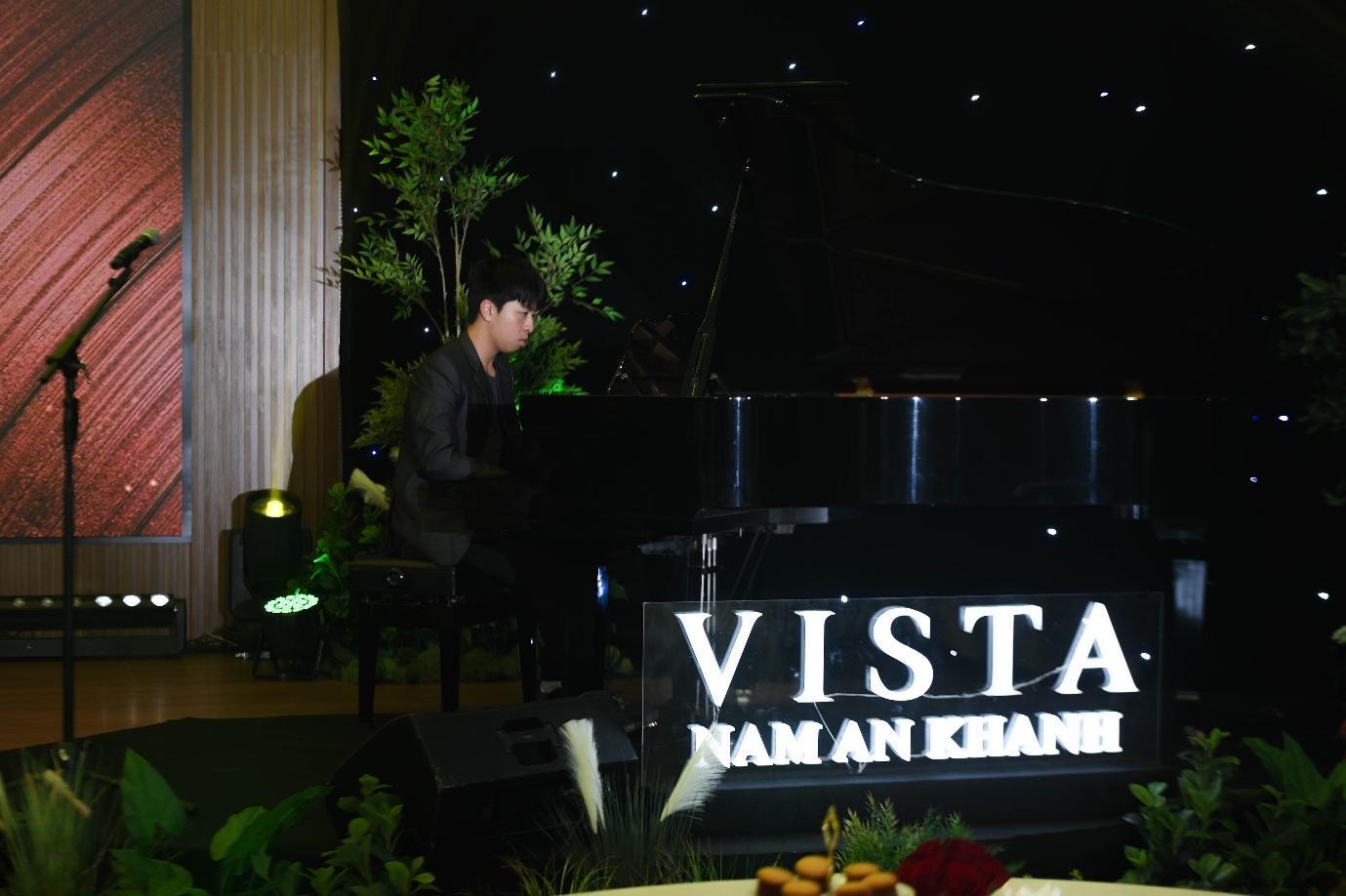
Music served as the connecting thread, making Vista Concert 1 “An Architectural Symphony.” This event marks the beginning of the “Vista Concert” series organized by SJ Group.
Amid Hanoi’s rapid urbanization, Vista Nam An Khanh emerges as a project where architecture acts as a catalyst, connecting people, culture, and emotions. With the collaboration of international consultants, architects, and experienced local teams, the project tells a Mediterranean story while retaining SJ Group’s distinctive imprint.
Clash of Titans: Unveiling the Fascinating Flow of Year-End Capital in Vietnam’s Two Largest Apartment Markets
Vietnam’s real estate market is witnessing a significant capital shift between its two largest economic hubs: Hanoi and Ho Chi Minh City. While the apartment segment in the capital continues to maintain impressive growth, many Hanoi investors are increasingly turning their attention to Ho Chi Minh City, drawn by its high profit potential.
Hanoi Unveils 300 Trillion VND Red River Scenic Super Boulevard, Rallying Industry Titans Deo Ca, Van Phu Invest, MIK Group, and VPBank to Forge a Landmark Transformation
The Steering Committee, led by the Vice Chairman of Hanoi People’s Committee, oversees the implementation of tasks related to architectural planning and the development of the Red River Landscape Avenue investment project. With an estimated total investment of 300 trillion VND, this ambitious initiative involves the participation of several major industry leaders.
Abandoned Student Housing in Hanoi Transformed into Affordable Social Housing
The long-abandoned student housing blocks in Pháp Vân – Tứ Hiệp (Yên Sở Ward, Hanoi), left as unfinished shells for over a decade, are finally being revitalized. These once-neglected structures are now being transformed into much-needed social housing, addressing a critical need while eliminating years of wasted potential.



























